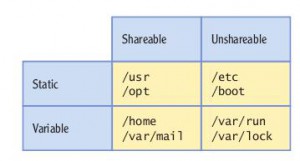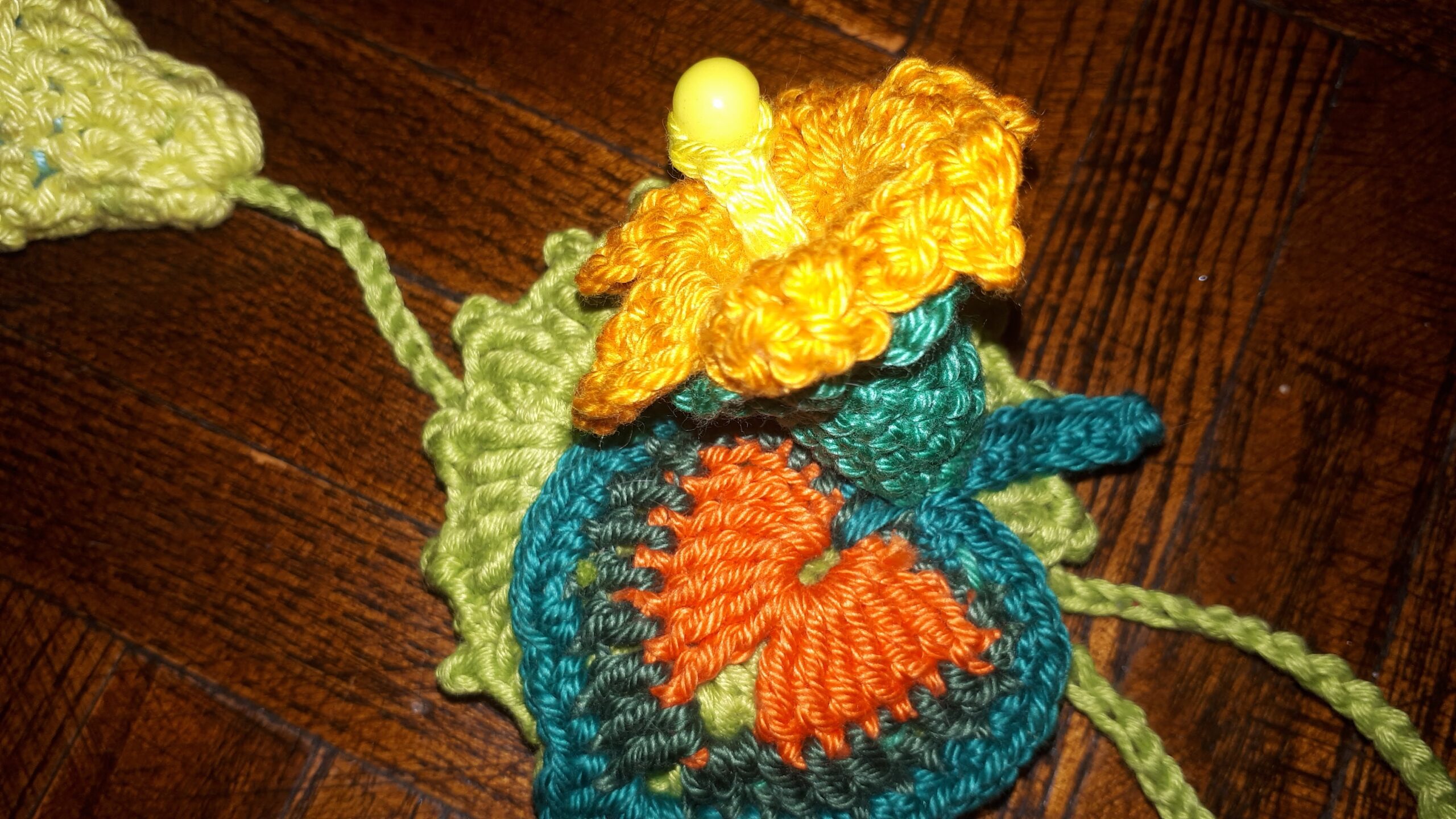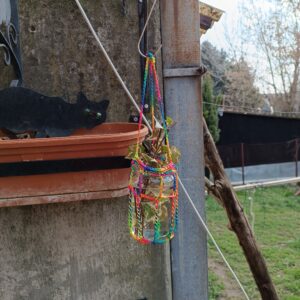Linux fajl sistem – opšte
Linux koristi FHS standard (filesystem hierarchy standard).
FHS deli fajlove na :
* shareabile and unshareabile
Unshareabile files sadrže podatke o sistemu, i ne dele se okolo 😉
* static and variable
Statički fajlovi se obično ne menjaju, sem direktnim uplivom sysadmin-a (npr izvršni fajlovi programa). Variable files mogu menjati korisnici, skripte, serveri…..
Ova četiri elementa daju vrlo zgodnu matricu vezanu za foldere :

Važni folderi i šta sadrže :
/ The root directory; all files appear in this directory or subdirectories of it.
/etc Holds system configuration files.
/boot Holds important boot files, such as the Linux kernel, the initial RAM disk, and often boot loader configuration files.
/bin Holds program files that are critical for normal operation and that ordinary users may run.
/sbin Holds program files that are critical for normal operation and that ordinary users seldom run.
/lib Holds libraries—code used by many other programs, that are critical for basic system operation.
/usr Holds programs and data used in normal system operation but that aren’t critical for a bare-bones boot of the system. This directory is split into subdirectories that mirror parts of the root organization—/usr/bin, /usr/sbin, /usr/lib, and so on.
/home Holds users’ home directories. Separating this directory into its own low-level filesystem effectively isolates most user data from the OS, which can be useful if you want to re-install the OS without losing user data.
/root The root user’s home directory. Note that this is different from /, which is pronounced root.
/var Holds miscellaneous transient files, such as log files and print spool files. One subdirectory of /var, /var/tmp, deserves special mention. Like /tmp (described next), /var/tmp holds temporary files. These files should not be deleted when the computer reboots.
/tmp Holds temporary files, often including temporary files created by user programs. Such files may theoretically be deleted when the computer reboots, although in practice many distributions don’t do this.
/mnt The traditional mount point for removable media; sometimes split into subdirectories for each mounted filesystem.
/media The new mount point for removable media; typically split into subdirectories for each mounted filesystem.
/dev Holds device files, which provide low-level access to hardware.





